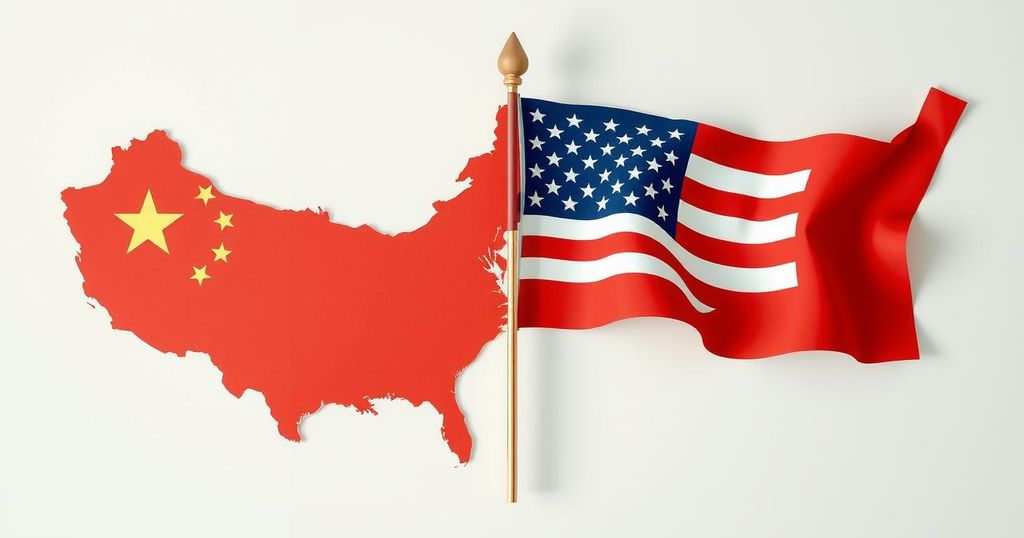Assessing Economic Competitiveness: The U.S. vs. China in 2023

This article explores the multidimensional metrics for assessing China’s economic position relative to the United States. It highlights the inadequacies of conventional GDP comparisons while addressing the implications of climate change and industrial capabilities on national power. The discourse emphasizes the need for a comprehensive approach to understanding economic strength amid escalating geopolitical tensions and environmental crises.
Assessing whether China’s economy outpaces that of the United States involves a multifaceted examination, as metrics extend beyond mere quantitative GDP comparisons. The incoming U.S. administration appears inadequately equipped to contend with China’s escalating assertiveness, raising concerns regarding strategic economic dependencies and technological resources. The growing pertinence of microprocessors and batteries as pivotal assets in global defense strategies underscores the urgency of reevaluating current policies, especially amidst rising climate crisis considerations. China’s aggressive coal production initiatives contradict its purported leadership in renewable energies, revealing a stark contradiction in its environmental commitments.
Current discourses predominantly hinge on conventional assessments utilizing GDP and production rates, potentially neglecting crucial indicators tied to ecological sustainability and geopolitical ramifications. The ongoing environmental degradation and resultant economic impacts from climate change necessitate a more nuanced lens when evaluating national power and stability, particularly in the context of increasing natural disasters and resource scarcity.
Moreover, the disparity in manufacturing capabilities between the U.S. and China’s vast industrial complex necessitates a reconsideration of criteria for assessing economic strength. The U.S. must bolster its munitions and manufacturing sectors, yet prevailing political perceptions may hinder effective responses to the looming competitive landscape. As discussions continue on national prosperity metrics, the legitimacy of tools like Purchasing Power Parity (PPP) warrants rigorous scrutiny amidst global economic tensions.
The analysis of Sino-American economic competition becomes increasingly relevant in light of geopolitical tensions, especially under the backdrop of the COVID-19 pandemic and resultant supply chain disruptions. China’s rapid manufacturing growth juxtaposed with America’s traditional economic supremacy raises critical questions about the future dynamics of international trade and national security. Both nations exert considerable influence over global markets, necessitating a comprehensive understanding of how industrial capabilities translate into political leverage. Moreover, climate change’s implications for economic policies and national resilience have never been more pressing, thereby also affecting trade relations and global stability.
In conclusion, a comprehensive assessment of China versus the United States extends far beyond GDP measurements, incorporating essential factors such as technological advancements, environmental impacts, and the geopolitical landscape. As nations grapple with the challenges posed by climate change and industrial capacities, the strategic responses adopted will shape the contours of international relations and economic hierarchies. It is imperative for dialogue to focus on sustainable approaches to policy formulation that encapsulate both ecological and economic considerations.
Original Source: www.noahpinion.blog








